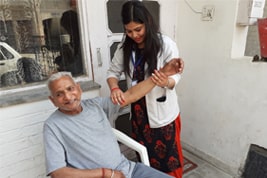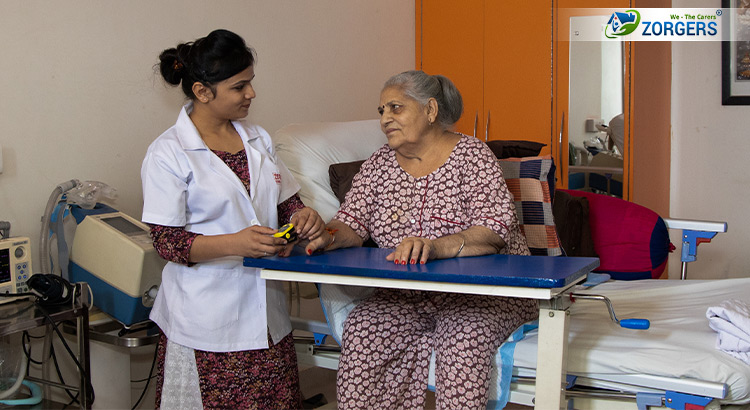Caring for a patient with a catheter at home requires attention, hygiene, and regular monitoring to ensure the patient’s comfort and prevent complications. Catheters are commonly used for individuals with urinary retention, post-surgical recovery, or chronic conditions that affect bladder function. Here’s a detailed guide to help caregivers provide effective and safe care for patients with a catheter at home.
-
Understanding the Catheter
There are several types of catheters, including urinary catheters, IV catheters, and chest drainage tubes:
Urinary catheters
These tubes are inserted into the body to drain urine or administer fluids. Some types of urinary catheters include:
Intermittent catheters: These thin, flexible tubes are inserted into the bladder and removed after the bladder is empty. They are usually designed for single use.
Indwelling catheters: These catheters are inserted into the bladder and left in place. They are held in place by a water-filled balloon.
Suprapubic catheters: These catheters are inserted through a hole in the abdomen and into the bladder. They are used when the urethra is damaged or blocked.
IV catheters
These catheters are inserted into a vein to deliver fluids or medications. They are also known as intravenous catheters.
Chest drainage tubes
These tubes are used to drain fluid and pus from cavities, such as an abdominal abscess.
Catheters come in different sizes, materials, and types. For example, silicone catheters are tissue friendly and hypoallergenic, while latex catheters should not be used on patients with a known latex allergy.
The type and size of catheter that is right for you depends on your medical condition and needs. You should discuss this with your prescribing physician.
-
Key Aspects of Catheter Care
A. Hygiene and Cleanliness
- Wash hands thoroughly before and after handling the catheter or drainage bag.
- Clean the catheter insertion site daily using Antiseptics (Dettol or Savlon) or if you are a professional caregiver you can use Betadine and water. Avoid using harsh chemicals.
- Ensure the drainage bag is emptied at least every 6-8 hours or when it’s three-quarters full
B. Positioning the Catheter
- Ensure the catheter tubing is not kinked or twisted to allow free urine flow.
- Position the drainage bag below the bladder level to prevent backflow, which can cause infections.
C. Monitoring for Issues
- Check for signs of infection, such as redness, swelling, or foul-smelling urine.
- Keep an eye on the urine output for unusual changes in color or consistency.
- Report any discomfort, leakage, or blockages to a healthcare professional promptly.
-
Preventing Infections (UTIs)
- Maintain a sterile environment while handling the catheter.
- Encourage the patient to drink plenty of fluids (if medically allowed) to flush out the urinary system.
- Replace the catheter and drainage bag as recommended by the healthcare provider.
-
Providing Comfort and Emotional Support
Living with a catheter can be uncomfortable and emotionally challenging. Caregivers can help by:
- Reassuring the patient and addressing any concerns they might have.
- Helping them adjust to the routine of catheter care without embarrassment.
- Encouraging light activities if permitted by their doctor to maintain physical and mental well-being.
-
When to Call a Doctor
Seek medical attention if:
- The patient experiences severe pain or discomfort.
- There is blood or puss in the urine.
- The catheter becomes dislodged.
- Symptoms of a urinary tract infection arise, such as fever, chills, or burning sensations.
-
Essential Supplies for Home Catheter Care
- Disposable gloves
- Antiseptic wipes (Dettol/Savlon/Betadine) with sterile gauge
- Drainage bag holder
- Catheter fixation devices (e.g., leg straps)
- Mild soap and clean towels
Conclusion
Proper catheter care at home can significantly enhance the patient’s comfort and reduce the risk of complications. By following hygiene protocols, monitoring for issues, and providing emotional support, caregivers can create a safe and supportive environment for the patient. Always consult healthcare professionals for guidance tailored to the patient’s needs.





